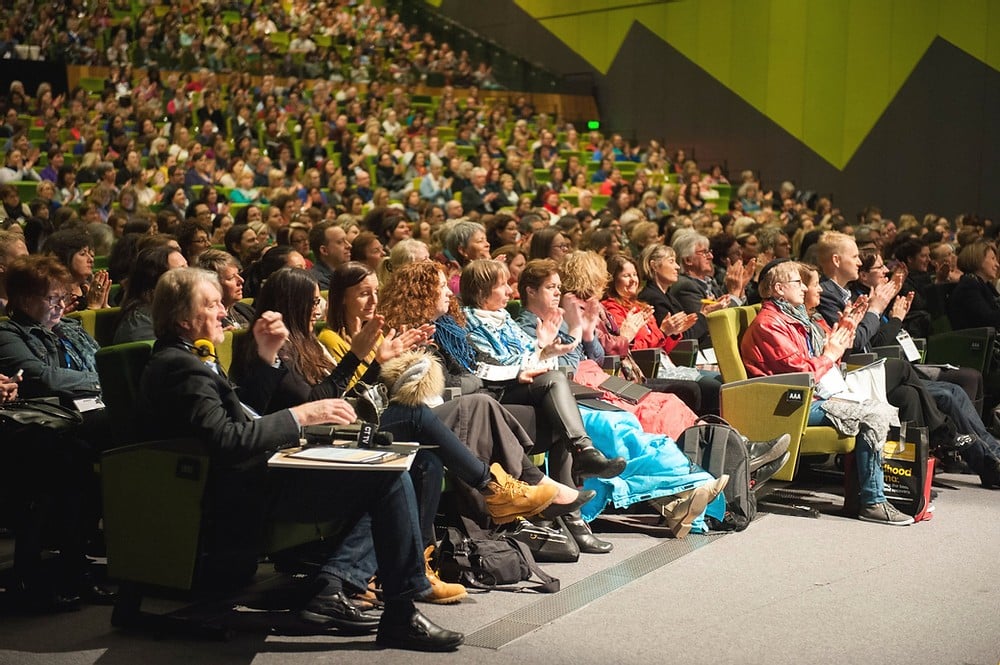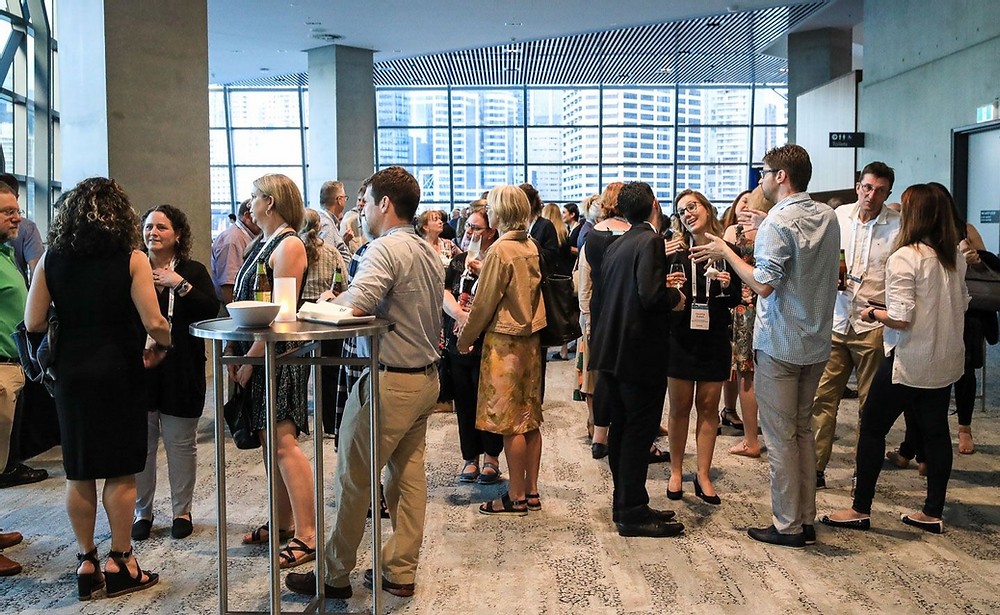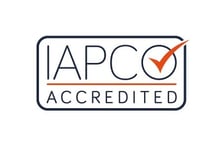Event design and risk management

The business case of event design
Associations are traditionally conservative by nature. Trends or change and the possible increase in costs need to be accompanied by a clearly defined business case detailing the outcomes and benefits to delegates (the association’s members). A balance between traditional and new delivery methods can cater to those people who are resistant to altering tried and true event delivery styles.
Event design and the adoption of technology
The adoption of hybrid or virtual elements to an event can certainly transform the more traditional event delivery mode. Digital presentations, video streaming, online group chat rooms and importantly delegate work spaces with fast, free internet can ensure that your delegate will be able to function within two roles – as an attendee and as a person who has responsibilities to their own work. Accepting that delegates need to do their 'real job' while at a conference and enabling them to be able to do both easily is critical. Work stations and broadcasting of sessions in a public space with headphones allows the delegate to multi-task. This use of technology within the event space has become not necessarily a trend, rather than an improvement with event design.
Finding the right partner
For an association whose event is outside its geographical location, finding the right partners to assist with the journey is essential for good event design. Important considerations for this event objective may involve investigating whether there is a strong local market for the event, a willingness from the local association to host the event, and government support, which may also be aligned with a city convention bureau. Convention bureaus that will assist with either manpower or financial assistance to build on the delegate base are looked upon favourably by associations.
Engaging the community
Community awareness of non-mega events being hosted within a local city has, traditionally, been limited and generally invisible. For the majority of small, medium and large events, community engagement before, during and after the event is absent. For many associations the prime focus, energy and resources are directed at the delegate. Generally, associations get on with doing the job and they don’t spend a lot of time communicating with their local community with what is on and the contribution it makes to the local community. Associations and PCOs are very good at talking to themselves but need the expertise and access that convention bureaus, local governments and venues have to mainstream media to tell the community what happens in their city and their venue. Associations and PCOs need to be the champion of getting this message out to the wider community. This element, however, comes with a time-resource-cost imperative, and therefore needs to be part of the event design goals and objectives.

Checking back to your ROI
Importantly, 30 per cent of the delegate base should come from the local market. This aspect assists with the financial risk calculation of the event and forms the early event design planning stage. Convention bureaus have extensive knowledge and experience with such factors of economic impact, delegate spend (the delegate dollar multiplier) and excellent networks with a range of local organisations, educational and scientific communities. Associations that leverage this relationship with convention bureaus can also gain access to important tools and strategies. This experience base with bureaus may boost the overall event design and combine with particular current and future trends that perhaps fit within the overall event objectives and goals. However, caution and careful analysis of these proposed strategies and activities is paramount. By combining links with government and city bureaus, associations can gain greater access to local communities, which in turn may result in increased interest and possible avenues for sponsorship.
Event design and risk management
Embedded within any effective event design is the adoption of critical risk management identification, analysis and mitigation strategies. Risk management policies, procedures and education/training should flow out of the identification of the need for the implementation of risk management as an element of the goals and objectives of event planning. Unfortunately, there is nothing ‘trendy’ or ‘cool’ about adopting risk management as a core element within event design – however it is vital. The success or failure of your event may be predicated on the risk platform supporting the event process. This risk platform developed for the event should form the basis of identification of ‘pain points’ or weaknesses that may impact on plans or trends to be implemented within the event.
Early detection of risks that may limit, impede or harm the event should reduce future issues relating to cost blowouts, non-compliance matters, legal action, or negative media scrutiny coverage. Realistic expectations need to be made within a risk management context. For example, all too often local associations involved with an international association have to reconcile the demand for a percentage of the revenue for the international partner regardless if the event turns a profit or not. Many international associations will not share the risk even when their demands are made to the local organising committee. There needs to be a balance and an open and honest communication channel between all the stakeholders so that all the groups have an opportunity to make money.
Therefore, given that the reporting of risk events political, social, economic or environmental in nature have become a frequent source of interest to the media, government, communities and the business sector, it makes good event management sense and practice to ensure that risk management is both visible and practical. Whether it deals with venue selection and access, safety and security for the event, food handling and delivery, or event content conflict with opposing groups or communities, risk management is not an option, it is a non-negotiable requirement.
Associations, bureaus and venues can’t control or know of all risks for their event. Nor can they control risks that might happen outside of their event environment. However, sound event design ensures that all relevant stakeholders in the event understand and are aware of the potential possibilities for something to go wrong.
This risk management philosophy takes onboard the colloquial terms of dealing with the ‘known knowns’, the ‘known unknowns’ and the ‘unknown unknowns’ – to paraphrase Donald Rumsfeld, pre-warned is pre-armed.

This article was created for the International Association of Professional Congress Organisers for the purpose of publication in HQ: The Association Magazine (December 2018 edition, page 17). The original article can be accessed here.
%20(1)-1.png?width=3192&height=1197&name=Untitled%20(1600%20x%20600%20px)%20(1)-1.png)